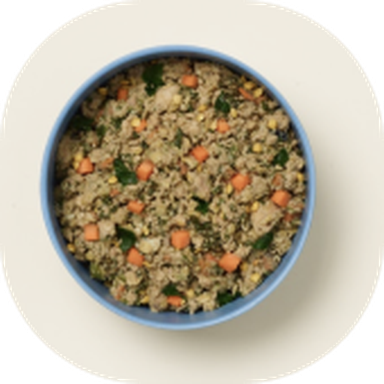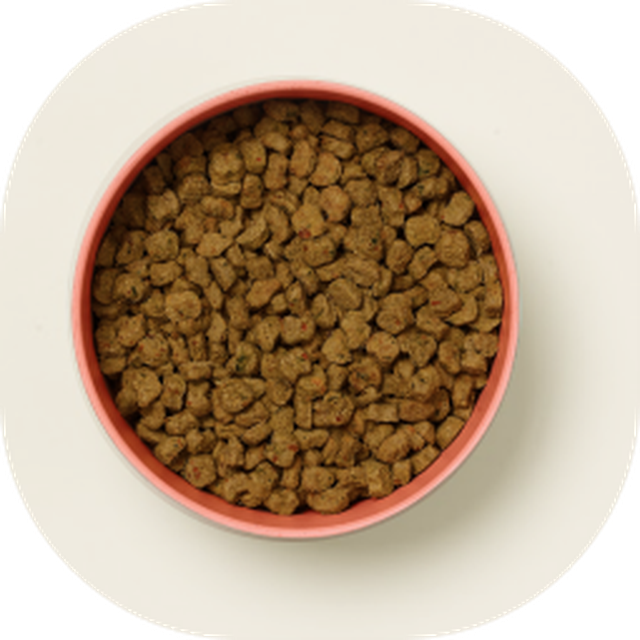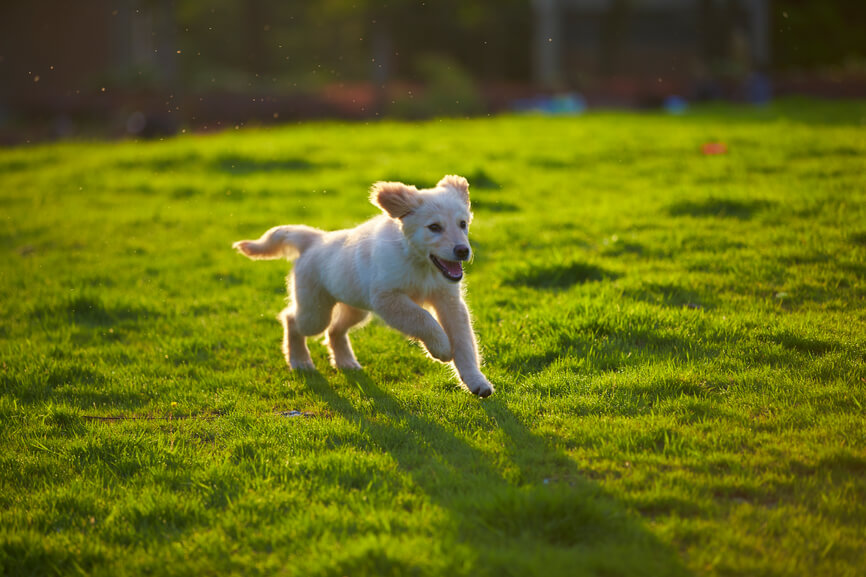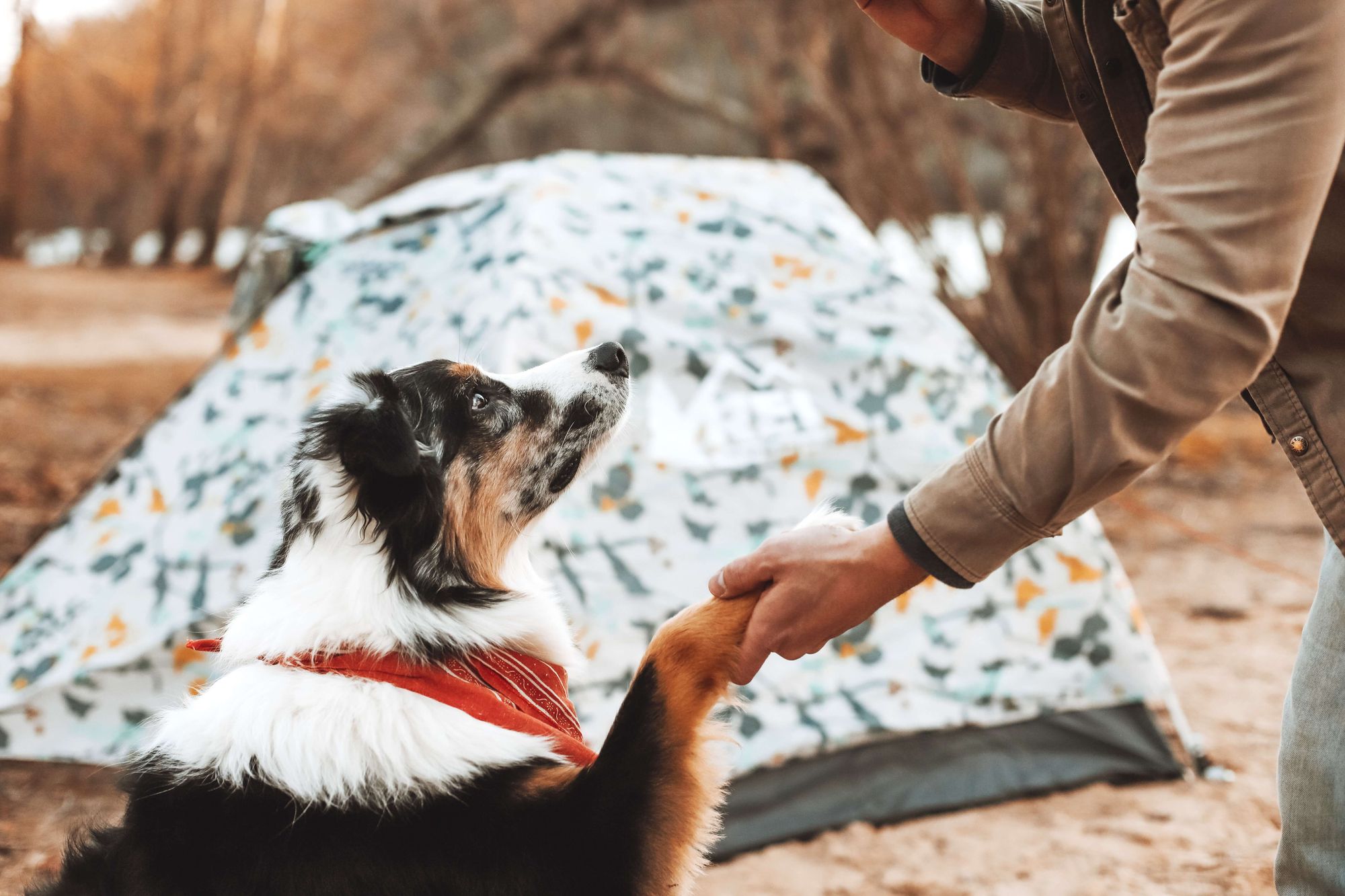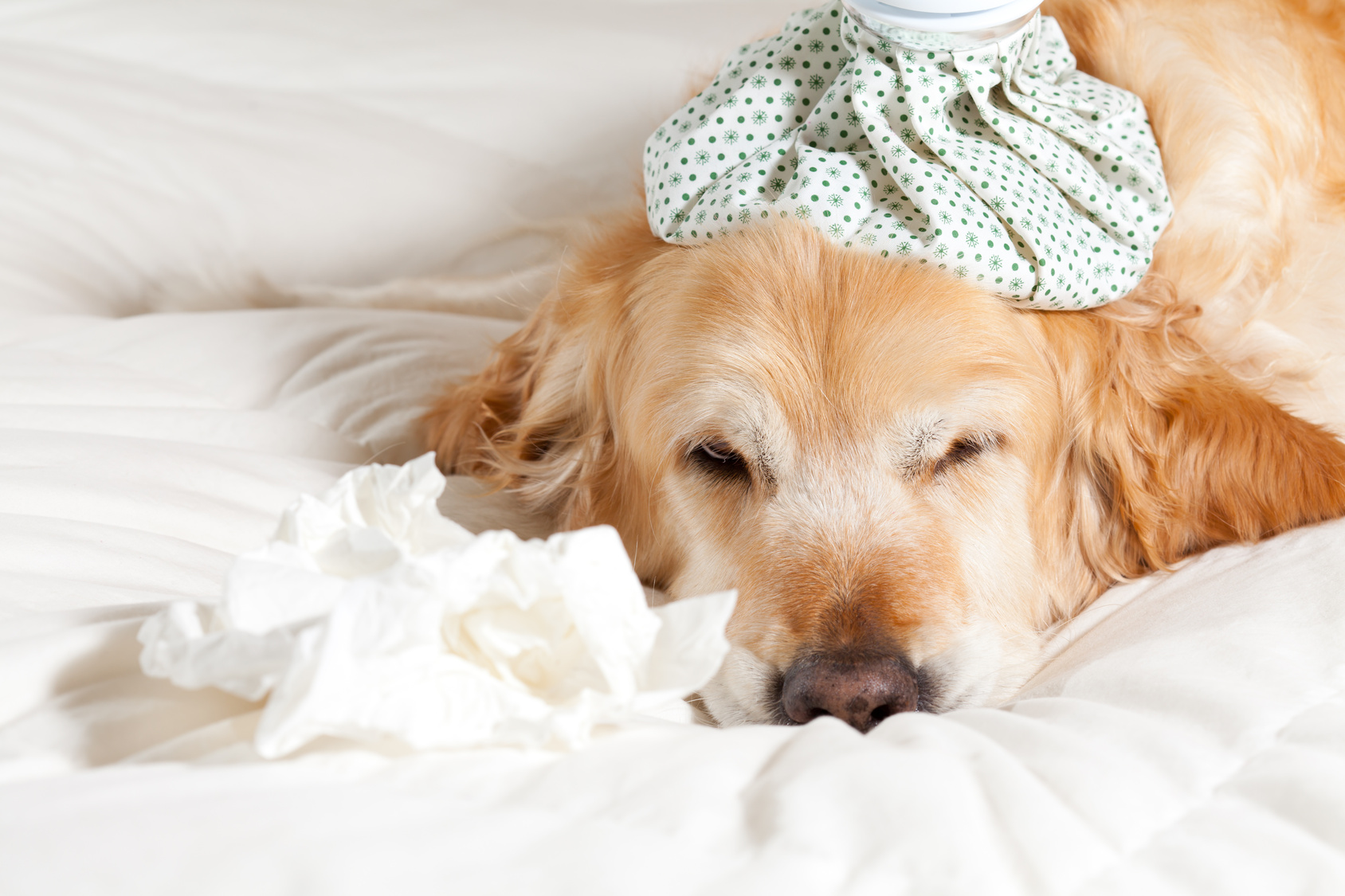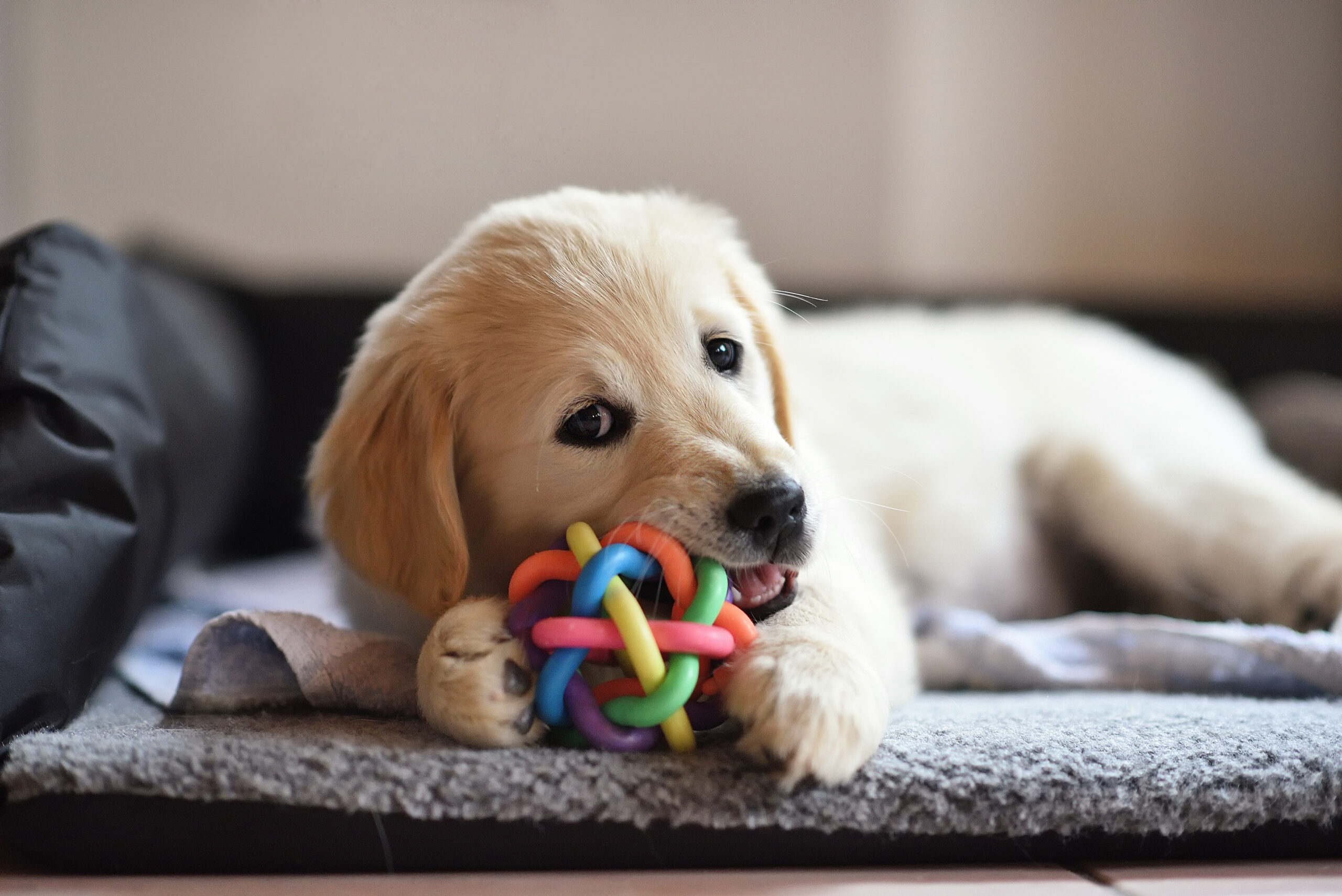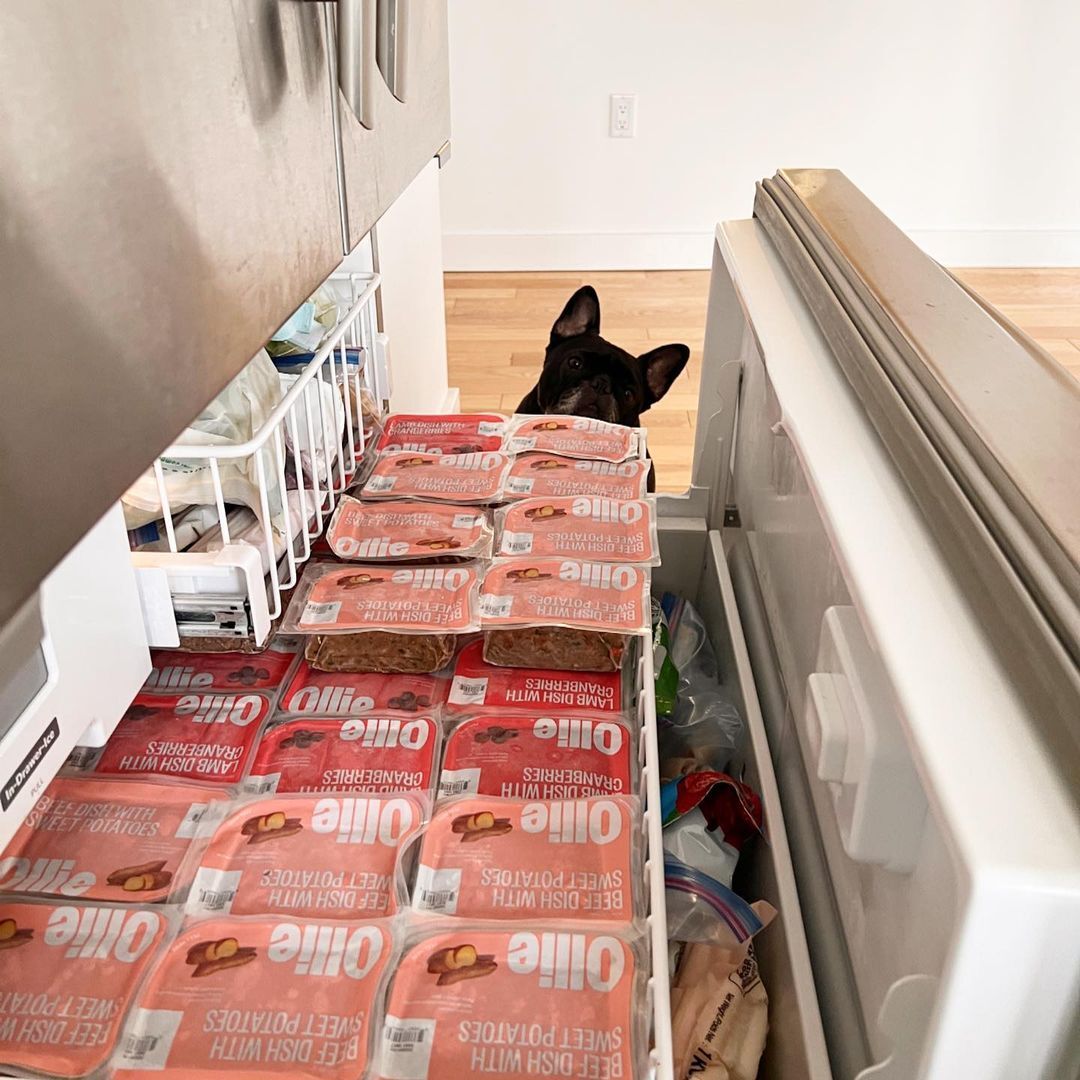Hey Ollie blog readers! We’re offering you an exclusive 60% OFF your starter box! Try now!
It’s an all too familiar scene: You’re at the dog park shouting at your pup to “come!” and… they totally ignore you and keep chasing a lab with a stick. Or, you’re standing in the doorway of your house begging your pup to come in from the backyard and…they just look at you like you have two heads.
If you put yourself in your dogs shoes (err paws), it makes sense: When you ask your pup to “come,” you’re pulling them away from something exciting, whether it’s other dogs at the park or a stick they found in the yard. But the thing is, teaching your dog a reliable “come” command is crucial since it can help keep your dog out of danger. “You want to make it an automatic response so your dog will come to you, whether he’s playing with friends in the dog park or walking into a busy street,” Robert Haussmann, founder and lead trainer at DogBoy NYC.
The good news? Teaching your pup a reliable “come” command can be pretty easy, as long as you work on it from the comfort and quiet of your own home before trying it in big, public places, notes Haussmann. Keep reading to learn how to get your pup to come to you every time you call him.
Seven tips for getting a foolproof come on command from your dog
1. Get excited when you ask your dog to come
When teaching your pup to come, make it enticing! “Your dog must think that coming on cue is the best thing he could do in any given situation,” says Haussmann. Give your pup a big smile and say “come!” as enthusiastically as you can, a higher tone will get him excited. Just make sure to stick with the same verbal cue every time, says Haussmann, to avoid any confusion about the command.
2. Give your dog a treat when they come to you
The easiest way to get your dog to “come” on-demand is to pair the verbal cue with a high value reward. This should be something really special. You can vary your treats as long as your dog is associating the word come with something delicious or special happening. If you only recall your dog when you are getting ready to go to the vet, leave the dog park or something else your pup is less than stoked about, stopping what they’re doing and coming to you won’t really be appealing. Make sure that you are asking your dog to come for tasty treats and fun things!
3. Try a hand signal along with the verbal cue
Pair the verbal cue “come” with a hand signal. A popular one is to extend one arm at hip level, then bend your elbow to move your hand up to your shoulder. Or, you could try raising a hand high overhead. Adding a hand signal will help your pup see you from a distance once you graduate to bigger, more open spaces. “Young and social dogs may also respond well to their owner squatting when they call for them,” says Haussmann.
4. Take baby steps
A common mistake people make is trying to use the “come” command at the dog park before their pup is ready. “More often than not, a dog has not learned the command thoroughly enough yet,” says Haussman. So, before graduating to the dog park, test your pup in an open space with fewer distractions like your backyard or a neighbor’s house. The idea is to try the command in many environments with a variety of distractions before taking the ultimate test (read: the dog park). If you’re still feeling apprehensive, Haussmann advises using a long (20- to 50-feet) training leash just in case your dog gets tempted to run off from the yard. You can even get a few friends’ dogs together to progressively add distractions, just be careful not to let them get tangled when using a training leash.
You don’t want to try taking your recall off leash until your pup is 100% consistant on leash. This is a big one and can take a lot of time. Don’t rush your pup with this command. Letting your pup off leash in public is always risky even if you think your pup’s recall is sold. You never know when something might be more enticing than coming when called.
5. Keep your cool
It can be frustrating when your dog doesn’t come when called, and unfortunately, humans tend to compound the problem by scolding their dog when they finally do mosey over. This is a bad idea because your pup will take it as punishment for coming to you (the opposite of what you want!) and wind up confused.
Instead of admonishing your pup, "put a deadline on the cue," says Haussman. "They will learn that the reward is only available for a brief time, and getting to you faster is advantageous." So, if your dog takes too long to respond to you, withhold the treat; then, step back about five feet and say "come" again. If they listen to you, then go ahead and reward them.
If the unthinkable happens and your pup does manage to get away from you, don’t ever punish your pup when you are re united. You always want your pup to come back, so no matter how angry you get, praise your pup for getting back to you.
6. Change your command when necessary
If you feel like the word come has lost its luster (and this can happen) you don’t want to keep shouting come at your dog and expecing them suddenly start listening. Consider changing the word you use for come. You could try "here", or "arrive" or if your’re a Harry Potter fan consider "Accio". Whatever word you pick is now going to mean come to your pup.
7. Consider an emergency recall word
Training an emergency recall word can actually save your pup’s life. Let’s say you’re out on a walk and your leash breaks or your dog has somehow gotten out of a fenced in area and is roaming free. Having a word that means you need to come to me right this second (and having your pup listen) can save you a lot of stress and potentially some heartache. Pick a word for your emergency recall that you don’t use frequently in your home. Maybe something like pepperoni, pineapple or even a non-food word will work for this. Start by saying the word and treating your pup continuously. You’ll practice this by randomly saying the word and providing the highest value treats. Something so special that your pup only gets it when you say this word. We know, we said special treats for every recall in the beginning, but make this word pair with something even more special.
Taking good care of your dog means keeping them healthy and safe. Having a strong recall is another way to help keep your pup safe in any situation.
The Ollie blog is devoted to helping pet parents lead healthier lives with their pups. If you want to learn more about our fresh, human-grade food, check out MyOllie.com.
Tagged As:

The nutrition your dog needs,
the food they want.

Enjoying our articles? Subscribe our Newsletters and get new articles directly to your inbox
You might also like
20 June 2024
9 MINS READ
Owner Guide: New Puppy Checklist
Welcoming a new puppy into your life and home is an exciting time filled with “firsts,” but this magical time also requires careful planning to ensure a positive transition for your pup. Prepa…
by Ollie Pets
22 June 2023
6 MINS READ
Why Are Dogs Scared of Fireworks? How to Help Your Dog Cope With Fireworks Anxiety
Fireworks may be summer’s soundtrack, but these loud and sudden noises signal terror for many noise-sensitive pups. Learn why dogs become so rattled by fireworks and how you can help your pup fee…
4 March 2023
2 MINS READ
Tips for Organizing Your Ollie
Keep your pup’s mealtime routine neat and tidy with these organizing tips and tricks from the Ollie pack.
by Ollie Pets


